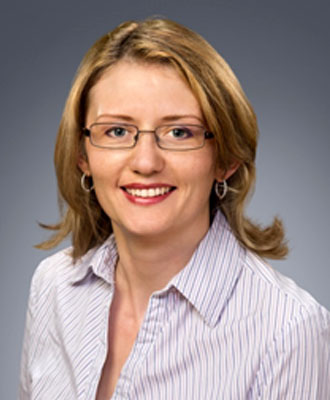Unless the capacity is exceeded, we will not respond to your email. Attendance is free, just bring along your lunch.
RSVP NOW for the next Microseismic User Group (MUG) event.
If you have any questions, please contact:
Paige Mamer, Paige.Mamer@tgs.com,
Johnny Wentzel, Johnny.Wentzel@esgsolutions.com
Abstract
A hybridized downhole diagnostic tool (hybrid array) is used to measure both microseismic activity and deformation caused by placing treatment fluid into the formation. Combining information obtained from two different technologies helps identify more accurate fracture dimensions, particularly with regard to height. Events that occur in the areas where no treatment fluid presence, therefore no rock deformation, is observed are called stress induced or “dry” events. They typically result from stress releases caused by, for example, slippage on preexisting fractures and are not caused by treatment fluid penetrating the formation. Conversely, events from induced fractures attributed to treatment fluid are called “wet” events.
This paper compares “dry” and “wet” events from two datasets where microseismic cloud heights were drastically different from downhole tilt measured heights. Events in the areas where no deformation occurred were extracted as “dry” events while remaining events were considered “wet.” Different properties of microseismic events, such as magnitude, P/S ratios, and slip radius, were studied and moment tensor analysis (MTI) was performed on a dataset recorded using a dual array.
Biography
Natalia is a Microseismic Subject Matter Expert and a Team Leader at Pinnacle – Halliburton Service and is based in Calgary. She has Master’s Degree in Geophysics from Novosibirsk State University, Russia. Prior to joining Pinnacle she worked as a research assistant in the Institute of Geology, Russia where she obtained her PhD in geology and mineralogy.





